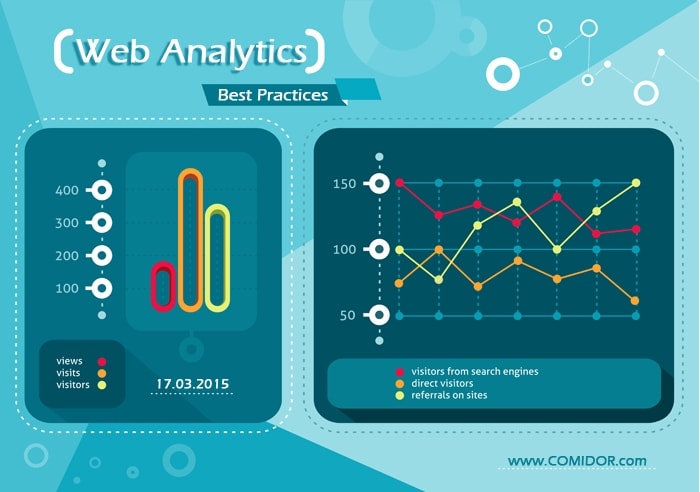Gone are the days when web analytics was synonym to “targeted” e-mail campaigns and to plain customers’ demographics. If you look back to these days with some sort of nostalgia, don’t tell that to anyone and just quit your job. You should embrace the inevitable. The future, at last, is past. And that is inevitable and a fact. Arguably, many can be thought of as enablers for this era of unlimited business potential, but if I had to pick just one, I would blindfolded choose cloud.
For many generations business man and women out there spent endless years searching for this magic spell that could reveal everything about their customers (current and potential), from shopping behavior down to when they lost their first tooth… At the beginning, they had only some plain (and most of the time generic) paid statistics. Then, they had data but these were poorly collected, noisy, and gathered in information silos. Up to 2008-ish they managed (thanks to the cloud boom) to build enormous piles of data, but still couldn’t get rid of the “silos pandemic”. Since then the board has been set, the pieces has start to move and the big web-analytics vendors are making their moves in addressing market’s needs with their own magic spells. Thousands of dollars are spent to holistic enterprise-class web-analytics to Adobe, AT Internet, IBM, Webtrends and the likes with the aim to develop intelligent approaches to tracking and interacting with potential customers across “omni” channels.
As these platforms (and the technology behind) mature, CEOs are actively looking for advanced predictive analytics, support customer implementation, more support for analytics “on the go”, data stitching, real-time reporting, conversion funnel optimization, etc. However, enterprises need a flexible and scalable web analytics strategy in place, and they should build a web-analytics roadmap. Best practices to consider for your roadmap:
1. Plan and log everything you need to track in order to draw data-driven decisions. This will help you inject a higher level of confidence in making truly informed data-driven accurate decisions.
2. Do not rely on web analytics vendors to tell you what you need. You should inject the web analytics philosophy internally and be the first advocate of its value. After all you know better what should be done with the data at hand.
3. Plan carefully your integrations. You can’t avoid 3rd party data sets and integration with other systems. Taking that for granted you should prepare yourself for thorough examination of offered functionalities of all systems that should be integrated. This is crucial for determining the most suitable analytics solution, but also the best vendor to work with.
4. Align your KPI to your ROI and to Web Analytics activities. In other words examine what are the marketing activities that drive the most revenue and link those to your data.
5. Training-Support-Training. You should be prepared to invest in the collaboration of your analytics team as you need to ensure the accuracy and value of the aggregated data at all times. To achieve that, you need to make sure that their data and analytics’ capabilities are always sharp and that you can measure their productivity .
6. Explore the possibility to deploy a decent tag management system. Tag management systems are not for everyone and certainly there are hurdles in get it right. Also, the required budget will give you hard time convincing the board, but the results are astonishing.
So embrace the future and get onboard on web analytics ark. If you don’t, accept your business pass into oblivion.





